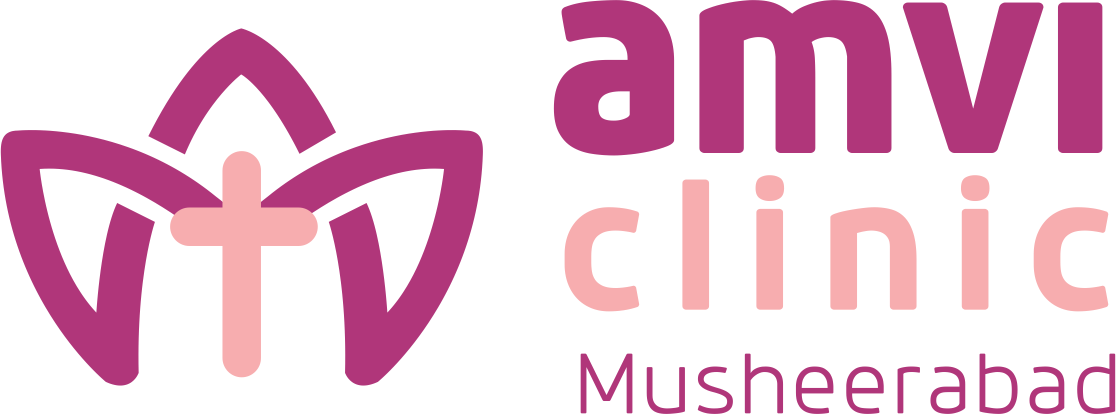OCD

What is OCD?
OCD is characterized by two main components:
Obsessions: These are intrusive, unwanted, and often distressing thoughts, images, or urges. Common obsessions include fears of contamination, harming others, or fears of making a mistake.
Compulsions: In response to obsessions, individuals engage in repetitive behaviors or mental acts intended to reduce anxiety or prevent a feared event. For example, excessive handwashing, checking, or counting.
While the compulsions may provide temporary relief, they do not address the underlying anxiety and can interfere with daily life.
Symptoms of OCD
Obsessions (Intrusive Thoughts):
- Fear of contamination or dirt.
- Fear of harming oneself or others.
- Excessive worry about making mistakes or forgetting something important.
- Intrusive thoughts of violence, sexual acts, or blasphemous content.
Compulsions (Repetitive Behaviors):
- Washing or cleaning excessively.
- Checking things repeatedly (e.g., locking doors, turning off appliances).
- Counting or arranging things in a specific order.
- Repeating actions a certain number of times.
- Mental compulsions like silently repeating phrases or prayers.
Causes and Risk Factors
The exact cause of OCD is not fully understood, but several factors contribute to the development of the disorder:
- Genetics: OCD tends to run in families, suggesting a genetic component.
- Brain Structure and Function: Research shows that abnormalities in certain brain areas, particularly those involved in regulating behavior, may play a role in OCD.
- Environmental Factors: Stressful life events, trauma, or infections may trigger or worsen symptoms.
- Neurochemical Imbalances: Imbalances in neurotransmitters like serotonin may contribute to the condition.
Diagnosis and Treatment at AMVI Clinic
Diagnosis:
- Clinical Evaluation: A thorough assessment by our mental health professionals, which includes reviewing the symptoms, medical history, and family background.
- Obsessive-Compulsive Inventory: Standardized assessments help identify the severity and nature of obsessions and compulsions.
Treatment Options:
Cognitive Behavioral Therapy (CBT):
- The most effective form of psychotherapy for OCD is Cognitive Behavioral Therapy (CBT), particularly Exposure and Response Prevention (ERP). ERP helps individuals gradually face situations that trigger their obsessions and resist performing their compulsive behaviors.
- CBT helps patients challenge irrational thoughts and beliefs associated with OCD.
Medication:
- Selective Serotonin Reuptake Inhibitors (SSRIs): Medications like fluoxetine, fluvoxamine, and sertraline are commonly prescribed to help reduce OCD symptoms.
- Clomipramine: An older antidepressant that is sometimes used when SSRIs are ineffective.
- Other Medications: In some cases, other medications, like antipsychotics, may be prescribed for more severe symptoms.
Mindfulness and Relaxation Techniques:
- Relaxation exercises, such as deep breathing and meditation, can help manage anxiety associated with OCD.
Family Therapy:
- Involving family members in therapy can help provide support and educate them about the disorder, improving understanding and reducing misunderstandings.

